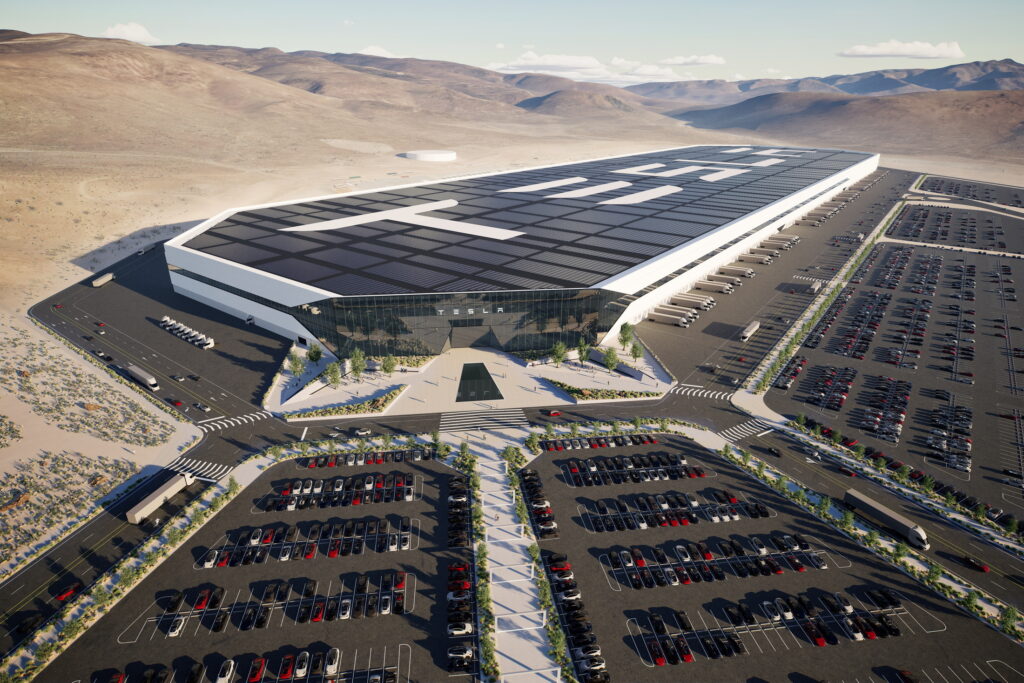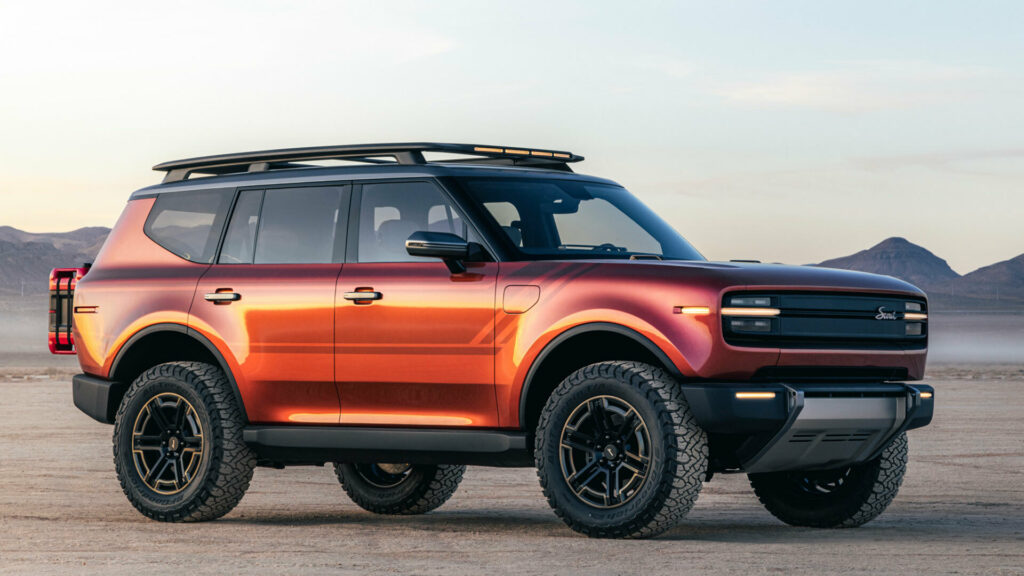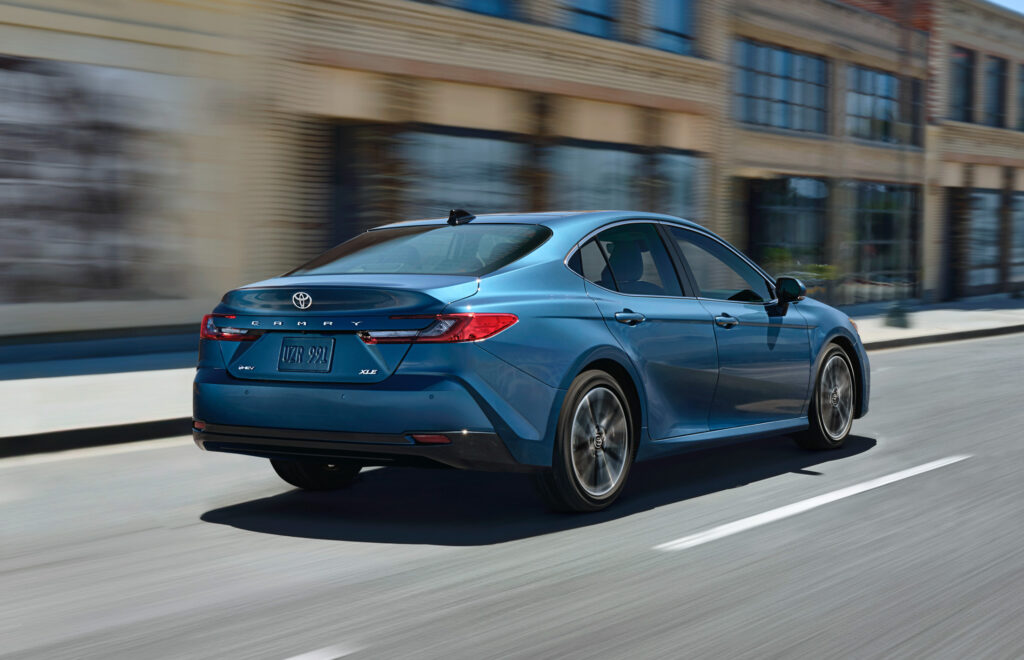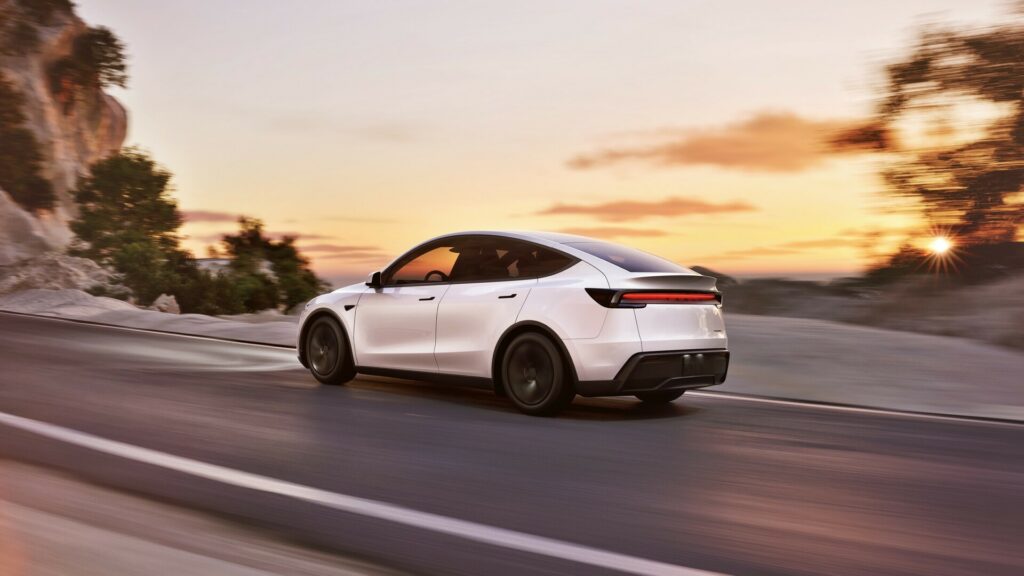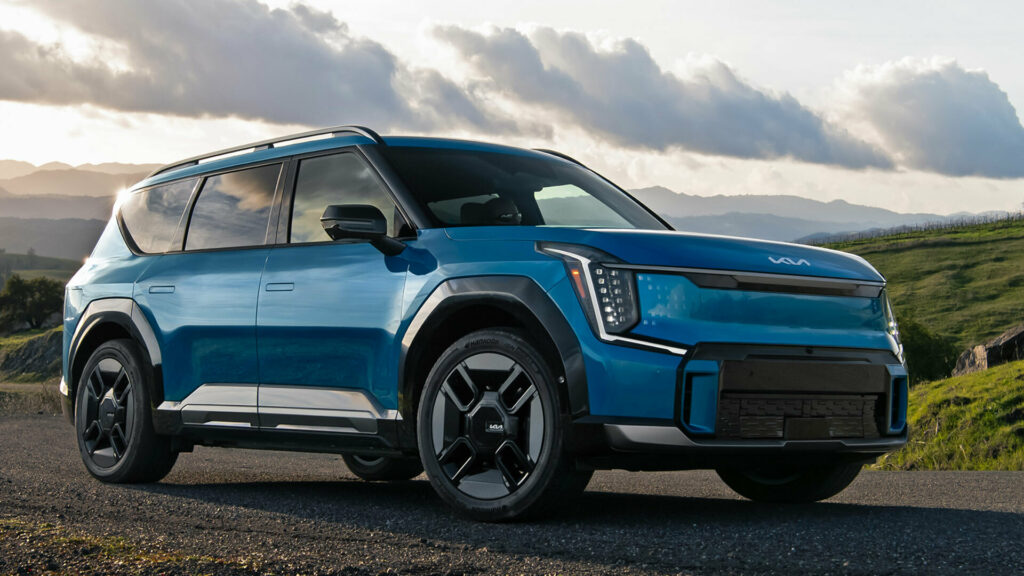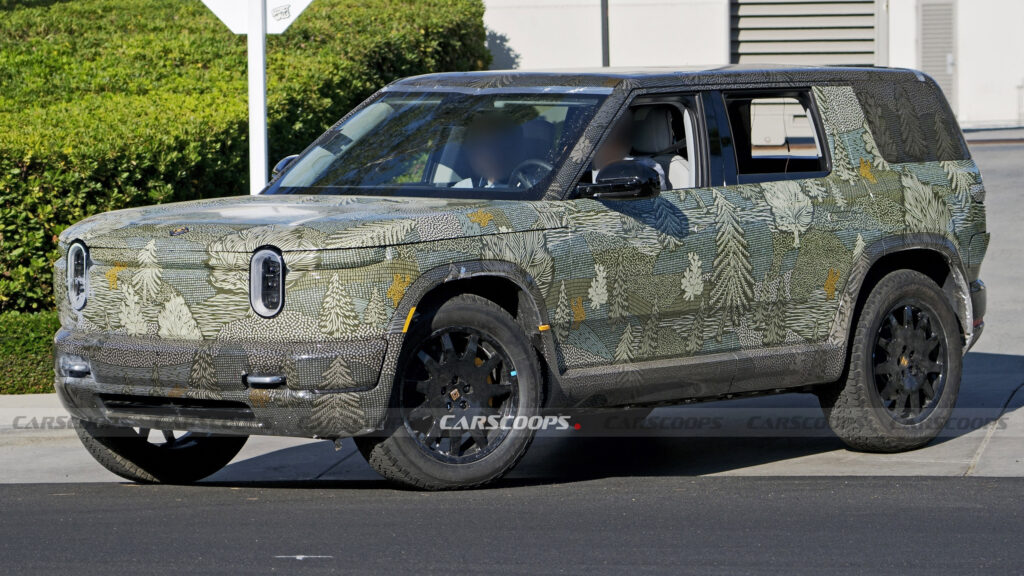This Classic BMW Coupe Swapped Its Soul For A Tesla Motor

- Bavarian Econs Tech converted a 1972 BMW 2002 into an EV.
- It uses a 33 kWh BMW i3 battery and a Tesla Model S motor.
- Offers 178 hp, 125 lb-ft of torque, and a 124-mile driving range
Electric vehicles have a way of making everyday driving feel effortless. being quiet, smooth, and free from the clatter and compromise of combustion. As a daily companion, they can make traditional gas-powered cars seem like holdovers from another era.
But there’s a reason enthusiasts still care about engines. They give a car its personality, especially in vintage models like the BMW 2002. So here’s the question: would you want to cruise around in a 1972 BMW that’s been reworked to run on electric power?
Watch: Jay Leno Gives This Home-Brewed BMW 2002 Restomod His Stamp Of Approval
Currently listed on Bring a Trailer, this 1972 BMW 2002 in Golf Yellow, now known as the 2002te, has been given a new lease on life courtesy of Bavarian Econs Tech, a specialist outfit based in Munich. The conversion is thorough. The factory engine and drivetrain are long gone, replaced by the 33 kWh battery pack from a BMW i3.
Feeding that battery’s energy to the wheels is an electric motor sourced from a Tesla Model S. The motor delivers 178 horsepower and 125 lb-ft (170 Nm) of torque, all managed by a 400-volt electrical system.
Light, Quick, and Quiet
Bring a Trailer
According to the seller, the car can drive up to 124 miles (200 km) on a single charge and run to 62 mph (100 km/h) in a swift 6.2 seconds, more than anyone really needs in most situations. It also tips the scales at just 2,400 lbs (1,088 kg), and we’re sure it’s plenty of fun to throw around corners.
However, in addition to lacking an engine and all of the associated noises and vibrations, the car doesn’t have a transmission, so the next owner won’t be able to enjoy the thrill of changing gears.
An individual from Bavarian Econs Tech who built the car says the 2002 arrived at their workshop with just 31,000 km (19,262 miles) under its belt and was free from rust. Impressively, the exterior paint remains original, as is most of the interior.
There are updates, though. A new set of bucket seats have been installed alongside refreshed carpets and an updated air conditioning system. Helping to further modernize the car is a Bluetooth audio system with eight Helix speakers and a subwoofer.
Adding to the car’s striking looks are 13-inch Alpina wheels clad in Michelin XDX-B tires. The EV-powered BMW has also been equipped with adjustable KW Racing V3 Classic coilovers and all of the important bushings have been replaced with polyurethane ones from Powerflex.
If a classic with an electric twist is right up your alley, the auction is now live on Bring a Trailer. Take a look at it over here and get your bid in while it’s still up.



























